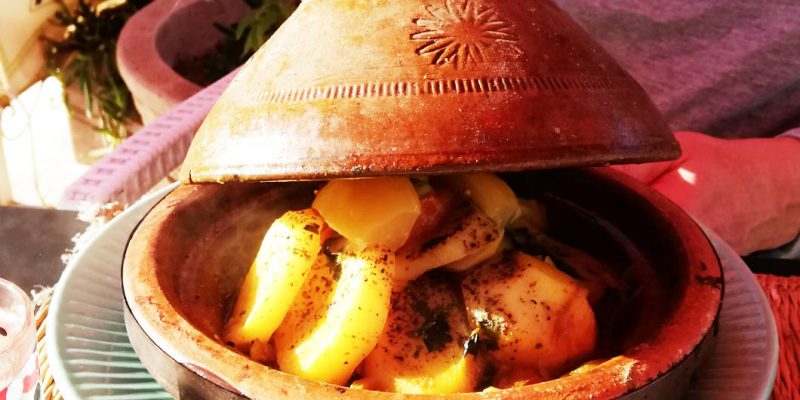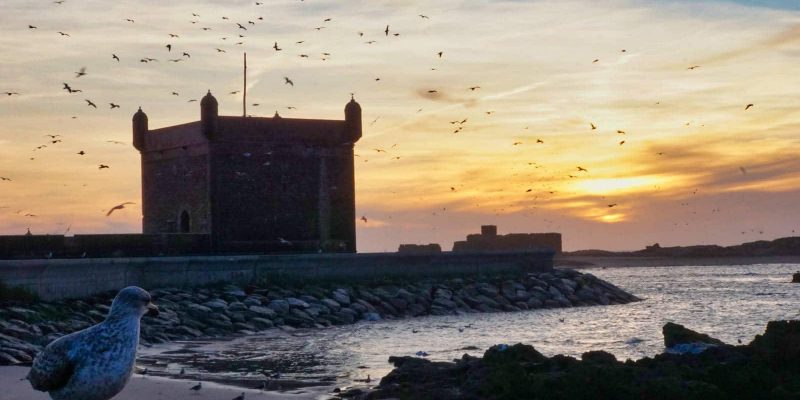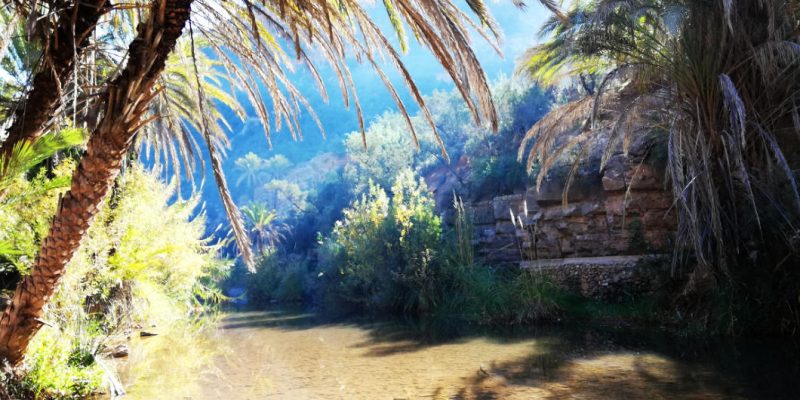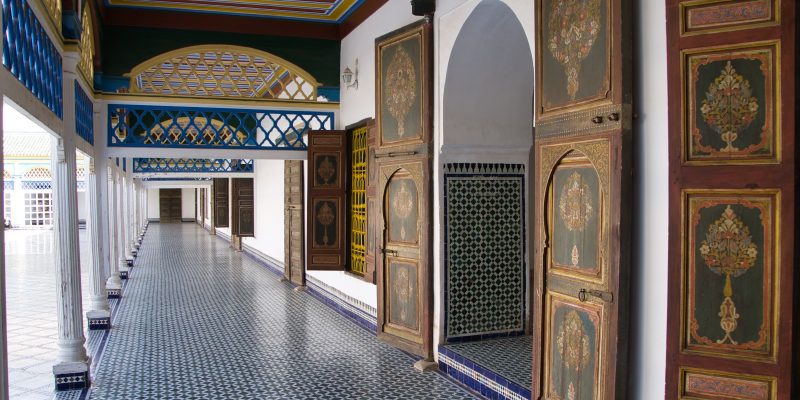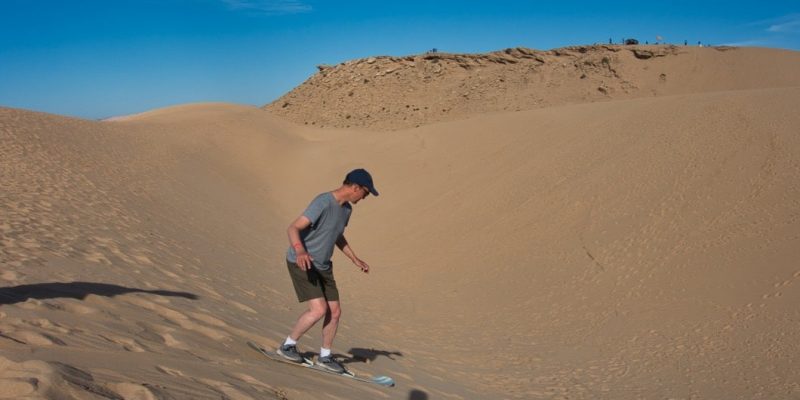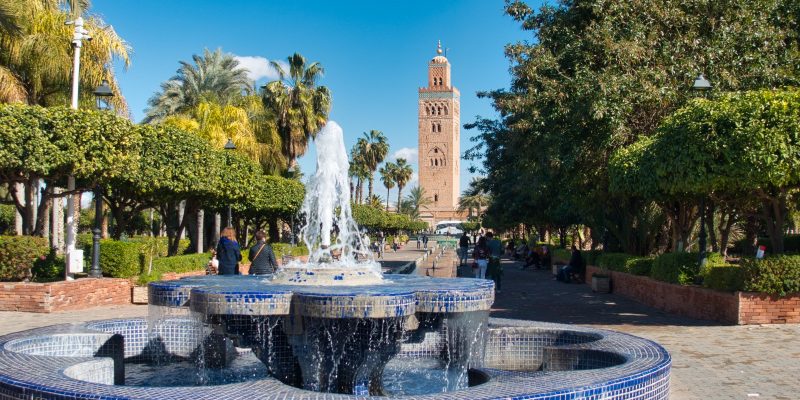During our Morocco trip, we went on the trail of traditional Moroccan cuisine and enjoyed our first taste experiences. As our first trip to Morocco will not have been our last, we will hopefully get to know many other good-tasting dishes and drinks.
Morocco
Essaouira – the port city on the Atlantic Ocean
Essaouira is a port city on the Atlantic coast of Morocco. We spent 5 days here and recovered from the hectic life in Marrakech.
Continue Reading about Essaouira – the port city on the Atlantic Ocean
Paradise Valley – Agadir – Morocco
A half day trip
We didn’t have much planned for our first stay in Morocco, but a visit to Paradise Valley was on our wish list.
Marrakech Palaces – Bahia Palace and El-Badi Palace
Marrakech is one of the royal cities of Morocco. Here you can find relics from days gone by, such as the Bahia Palace and the El-Badi Palace. We visited both places and let us tell you this much – it is really impressive!
Continue Reading about Marrakech Palaces – Bahia Palace and El-Badi Palace
My first time – sandboarding in Morocco
During our first stay in Agadir, we had already seen pictures of dreamlike sand dunes where you can try sandboarding in Morocco. We always like to try something new, it was quickly decided that we would look for a provider.
Continue Reading about My first time – sandboarding in Morocco
Koutoubia Mosque – the landmark of Marrakech
You can see the Koutoubia Mosque from almost every square in Marrakech. It is one of the main sights of the city and so we also walked past the mosque during a stroll through Marrakech.
Continue Reading about Koutoubia Mosque – the landmark of Marrakech
